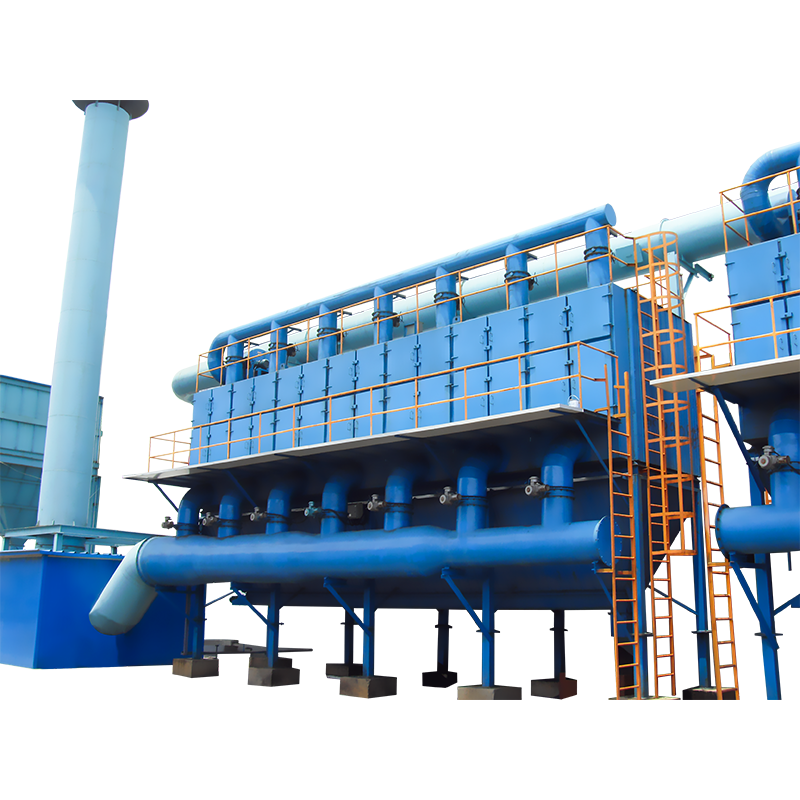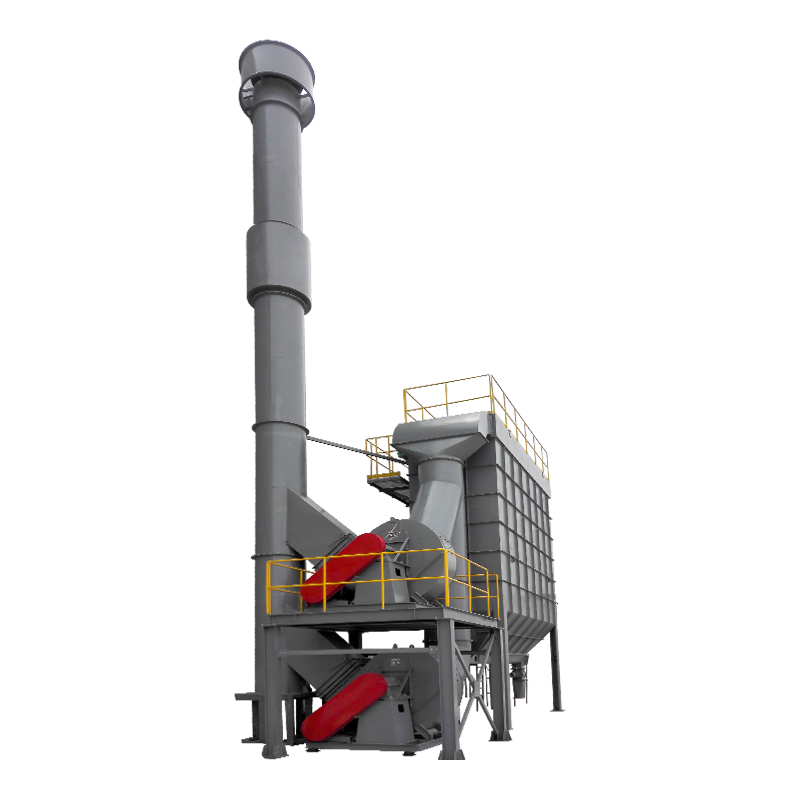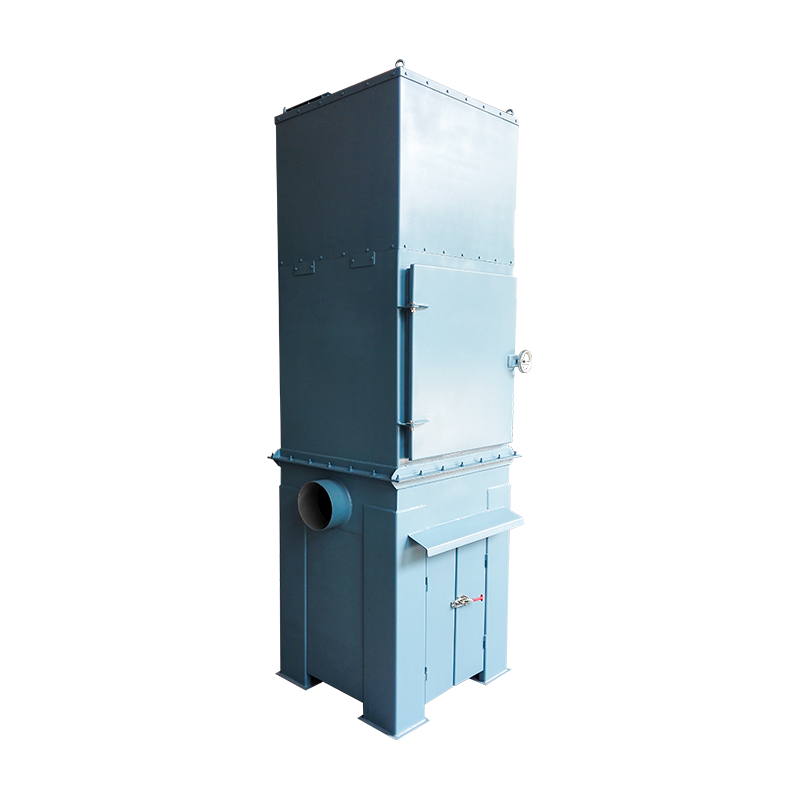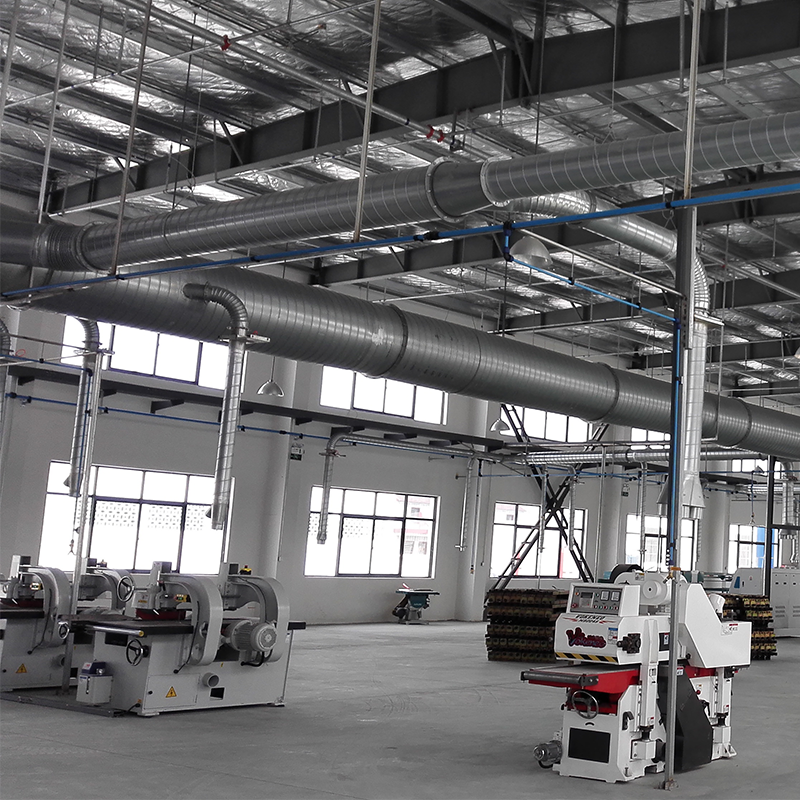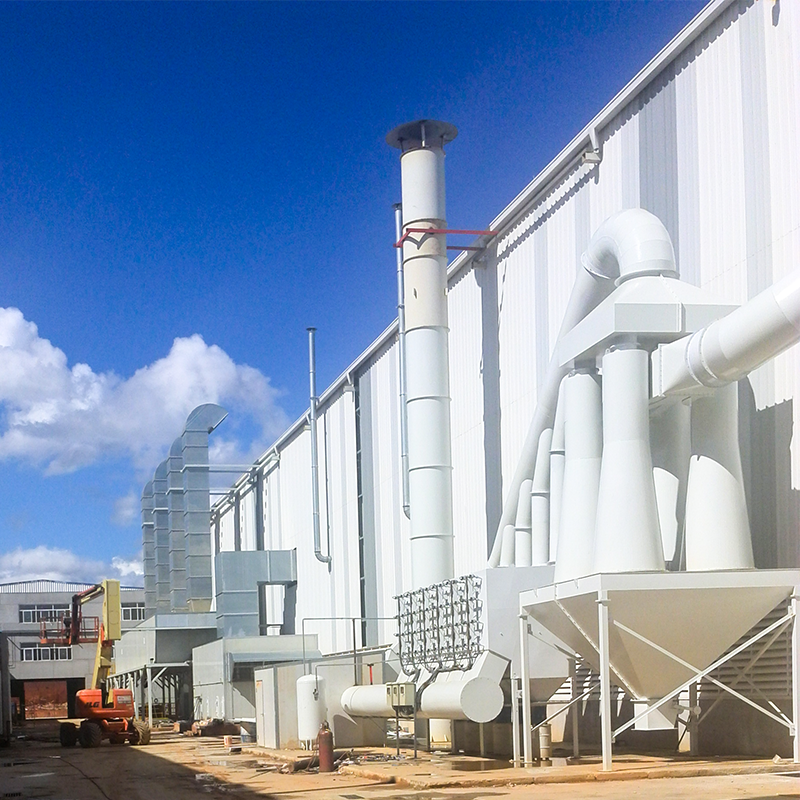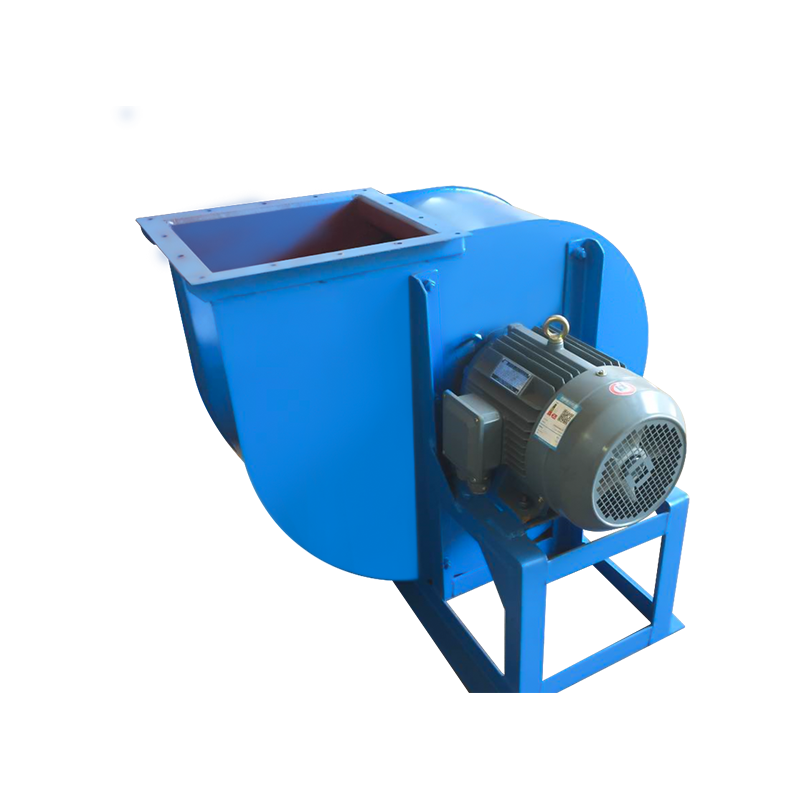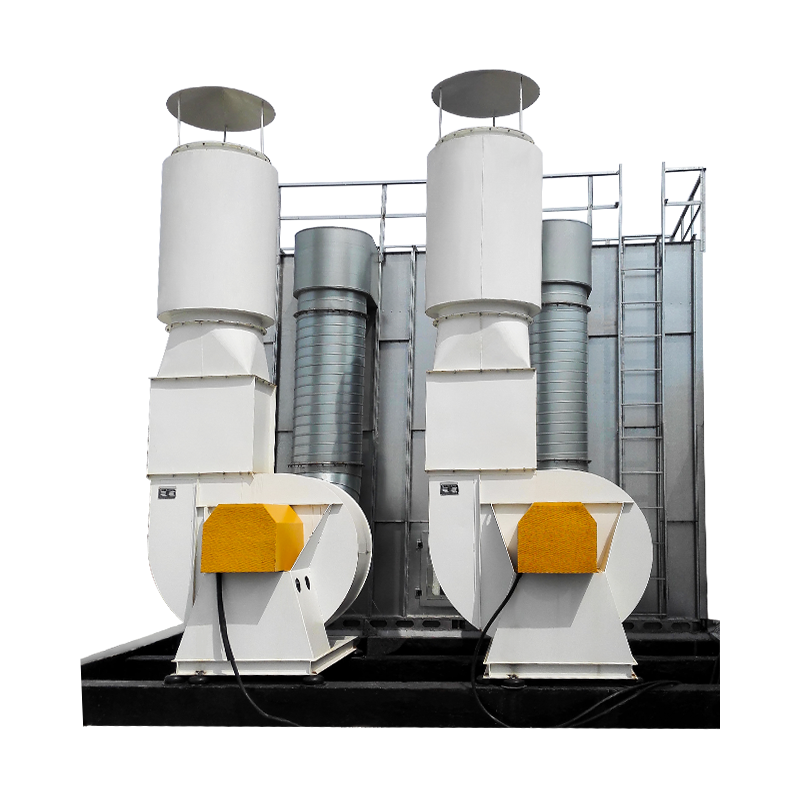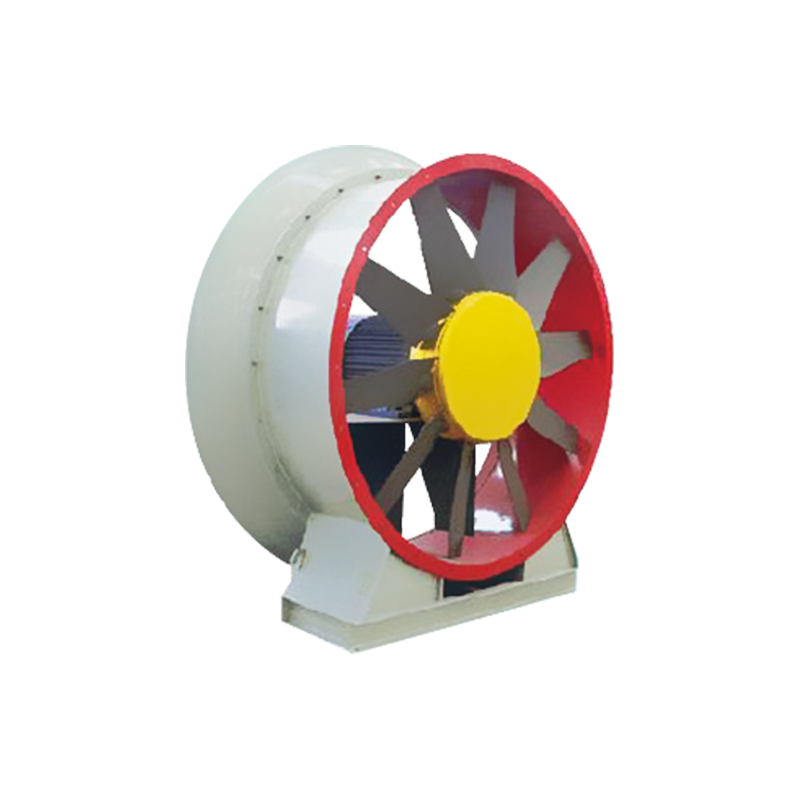In modern industrial environments, where air quality and operational efficiency are paramount, dust collection systems play an indispensable role. Among the various technologies used to manage and eliminate airborne particulates, the Air Pulse Cleaning System Industrial Dust Collector stands out as one of the most advanced and effective methods in industrial dust collection. This system not only ensures that workspaces remain safe and compliant with environmental regulations but also enhances the longevity and efficiency of the equipment itself.
At the heart of any dust collection system is the mechanism that ensures particles are filtered and removed efficiently. The Air Pulse Cleaning System utilizes bursts of compressed air to dislodge and clean the filter elements within a dust collector. These filters trap dust and particulate matter that are suspended in the air, preventing them from circulating back into the environment. By periodically applying powerful pulses of air, this system ensures that the filters maintain optimal performance, preventing clogging and ensuring the continuous flow of clean air.
The design of the Air Pulse Cleaning System is based on a fundamental principle of efficiency. Over time, dust particles accumulate on the filters, leading to an increase in resistance and a reduction in airflow. This can lead to system inefficiency, higher energy consumption, and, in some cases, failure of the dust collection unit. The pulse of compressed air is released directly into the filter bags or cartridges, causing the dust to be shaken loose and fall into the collection hopper below. The release of air pressure is precisely controlled, allowing for effective cleaning without damaging the filter media.
The cleaning mechanism behind the Air Pulse Cleaning System is based on a carefully calibrated system of solenoid valves, compressed air lines, and nozzles that direct high-pressure air pulses into the filter. These pulses are timed and spaced at regular intervals to ensure that the filters are continually cleaned, even when the system is operating under heavy load. The use of compressed air is especially advantageous in industrial settings as it can be generated in large quantities and controlled easily.
In practice, the compressed air is stored in a reservoir and released through nozzles positioned strategically within the dust collector. Each nozzle directs a burst of air towards specific filter bags or cartridges, ensuring that all parts of the filter media are adequately cleaned. The interval between pulses can be adjusted based on the type of dust being filtered, the operating conditions, and the dust collector’s specific requirements.
The Air Pulse Cleaning System offers several notable advantages, both in terms of operational efficiency and long-term maintenance. One of the primary benefits is its ability to maintain a constant flow of clean air, even in high-dust environments. Traditional methods of cleaning, such as shaking or tapping, can result in uneven cleaning, leaving some areas of the filter media underperforming. The precision and force of the air pulse, however, ensure that the entire surface of the filter is effectively cleaned with every pulse.
This increased cleaning efficiency results in several key benefits. It reduces the frequency of filter changes, which can be a significant operational expense in dust collection systems. By maintaining the filters in a state of optimal cleanliness, the lifespan of the filters is extended, leading to fewer replacements and less downtime for maintenance.
The Air Pulse Cleaning System helps to optimize energy use. A clogged or inefficient filter requires more energy to maintain airflow, as the system works harder to push air through the filter media. By ensuring that the filters are regularly cleaned, the Air Pulse system ensures that airflow remains consistent, reducing the energy required for operation. This leads to lower operational costs and a more sustainable system.
The system's automatic nature allows operators to focus on other aspects of the operation without worrying about manually cleaning the filters or maintaining the dust collection unit. It also helps companies stay compliant with environmental regulations by ensuring that dust and particulate emissions are consistently controlled.

 English
English Español
Español عربى
عربى
